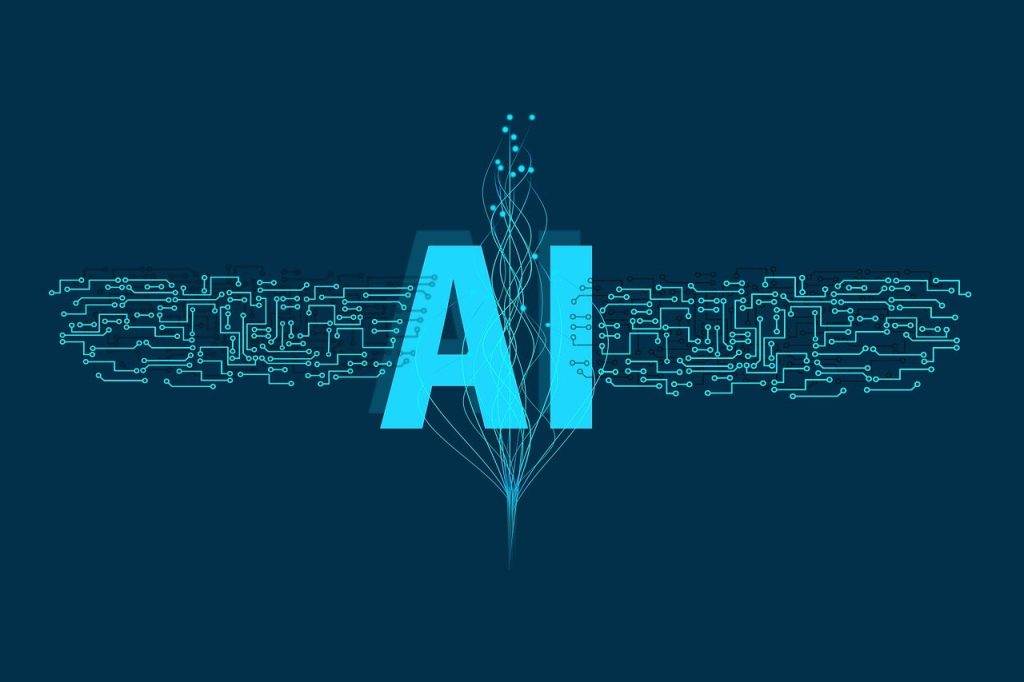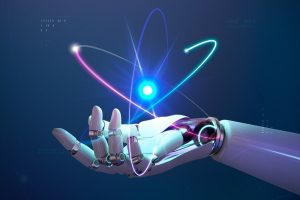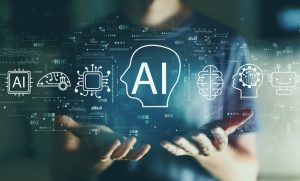Is The Transformer Taking Charge Of Artificial Intelligence?

Imagine visiting your hardware shop and discovering a new type of screwdriver on the rack You’ve probably heard of this screwdriver: It works faster and more accurately than some others, and in recent years it has made several other hand tools outdated, at least as with most implementations. There’s even more! With some adjustments — an accessory here, a variation there — the device transforms together into used to see that really can be reduced at least as rapidly and effectively as any option available. Indeed, some specialists at the forefront of technology of device development believe that this screwdriver may usher the integration of all equipment into a single system.
A similar story is unfolding between many artificial intelligence tools. That new screwdriver is a game-changer.
The transistor first showed up in a publication in 2017 with the cryptic title “Focus Is Everything You Want.” In plenty of other strategies to AI, the scheme will indeed start with patches of data input but then work its way up to the entire dataset. For instance, in a word embedding, neighboring words would’ve been categorized together first. The transistor, on the other hand, runs procedures to make sure that each and every component in the data input relates to, or is aware of, every other component. This is referred to by researchers as “self-attention.” This indicates that the transistor could see trace amounts of the dataset provided as shortly as it begins training.
Before the invention of transformers, advancement in AI speaking activities tends to lag far behind advances in other places. Speech recognition was kind of a late starter inside this machine learning rebellion that occurred within the last ten years or more, stated software engineer Anna Rumshisky from the institute of Massachusetts. In a manner, NLP has been the driving force behind machine learning.” Transformers changed everything else.
Transformers rapidly rose to prominence in applications such as word recognition, which focuses on predicting text. It spawned a slew of tools, such as OpenAI’s Generated major already trained Transmitter 3, which teaches on billions and billions of sayings and creates unsettlingly constant new messages.




